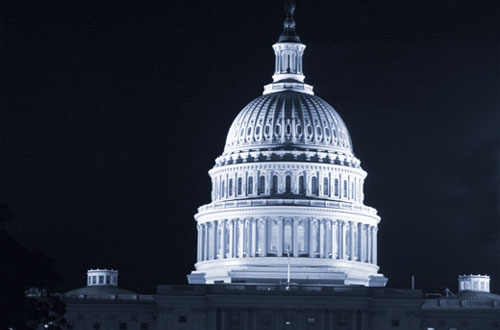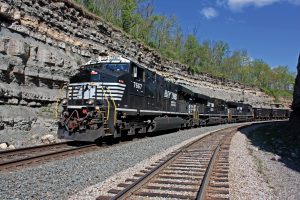EPW Committee hopes to DRIVE surface transportation bill through Senate
Written by Mischa Wanek-Libman, editor
The Senate Environment and Public Works (EPW) Committee introduced a six-year, $278-billion surface transportation reauthorization proposal on June 23, S.1647, the Developing a Reliable and Innovative Vision for the Economy (DRIVE) Act.
The bill, according to an EPW Committee summary, will reauthorize the federal-aid highway program at an increased funding level for six years, from FY 2016 through FY 2021, maintain formula program structure, increase the amounts each state will receive each fiscal year and would reform the Transportation Infrastructure Finance and Innovation Act (TIFIA) program to improve the loan process.
Additionally, the bill would establish a formula-based freight program, which would provide $13.5 billion during the six-year period “to all states to improve goods movement, reducing costs and improving performance for business; expands flexibility for both rural and urban areas to designate key freight corridors that match regional goods movement on roads beyond the Primary Highway Freight System…[and] improves efforts to identify projects with a high return on investment through state freight plans and advisory committees established under MAP-21.”
The Coalition for America’s Gateways and Trade Corridors (CAGTC) said of the proposal, “Recognizing that freight does not move by highway alone, the bill calls for the Secretary of Transportation to consider connectivity to other freight nodes and modes when redefining the system. As CAGTC has advocated, the DRIVE Act calls for the inclusion of all National Highway System intermodal connectors on the Primary Highway Freight System. The currently-designated network does not include any of these connectors, which are needed for movement between modes but are often neglected and underfunded.”
The proposal also included a freight-focused, merit-based competitive grant program with broad applicant eligibility and guaranteed funding called the Assistance for Major Projects Program (AMPP).
Regarding AMPP, CAGTC said, “Freight projects are typically large-scale, frequently multimodal and cross jurisdictional borders, making them difficult to fund through traditional distribution methods such as formula programs. Competitive grant programs, like AMPP, can fund projects with multiple sources of capital financing, including public-private partnerships, significantly leveraging the federal investment.”
Current surface transportation legislation is set to expire on July 31 and the issue of how to pay for new programs has yet to be addressed. The traditional means of paying for surface transportation, the Highway Trust Fund, is estimated to become insolvent by the end of the summer. A point not lost on the bills sponsors or the CAGTC.
“The clock is ticking, and action in the EPW Committee is a major first step — the other committees also need to act,” Sen. Barbara Boxer (D-CA), minority ranking member of the EPW Committee said.
“The Senate EPW Committee has demonstrated a commitment to freight investment through the DRIVE Act. The proposal’s sustained investment plan stands to have a significant positive impact on goods movement that would benefit our nation’s economy for years to come,” said Elaine Nessle, CAGTC executive director. “CAGTC strives to improve and enhance freight mobility across all modes through strategic federal planning and investment. The DRIVE Act’s focus on improving highway freight mobility marks a substantial step in the right direction and I applaud the EPW Committee’s work and leadership.”
Full bill text is available on the EPW Committee website.





